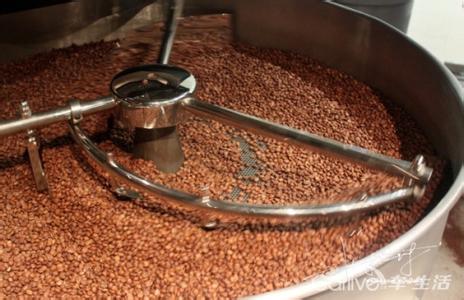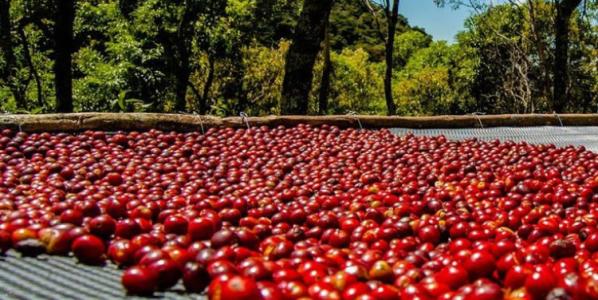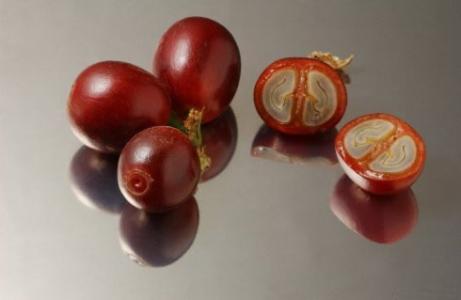Taste treatment method for flavor description of Colombian coffee manor
Taste treatment method for flavor description of Colombian coffee manor
About three containers (about 825 bags) of raw coffee beans can be produced each year. In order to improve the quality, the New Millennium Peasants' Association continues to recruit new members in Monsalot, hoping to expand the scale of production. In addition, with the assistance of USAID and American traders, they have set up a local cup testing laboratory to teach farmers the cup testing method, hoping that farmers can pass through the cup to judge the quality of coffee, which will be helpful to coffee production.
The Arabica species (scientific name Coffee Arabica) has to be mentioned in the Colombian coffee species. Arabica coffee trees grow between 900m and 2000 m above sea level; they are cold-resistant, and the suitable growth temperature is 15ml / 24m; they need more humidity, and the annual rainfall is not less than 1500 ml. At the same time, they also require higher cultivation techniques and conditions. So you can now understand why the Dess Mountains in the coffee growing area were used as the background when the signs were explained above.
Mirador Manor is located in the southernmost Pitalito (Pitalito) producing area of Huila (Huilan), which is famous for producing high-quality coffee. Elkin Guzman, the owner of the garden, is undoubtedly a pioneer in the coffee industry. The clever young grower uses the latest technology to improve his planting, harvesting and processing techniques. After the coffee cherries are harvested, they will be sifted in the sink and hand-selected before drying the coffee. In the first 8 days, the coffee was dried in the sun in the elevated shed and stirred continuously. On the 9th day, the coffee was moved to the dryer to dry for 35 days to avoid excessive temperature affecting the flavor.

Important Notice :
前街咖啡 FrontStreet Coffee has moved to new addredd:
FrontStreet Coffee Address: 315,Donghua East Road,GuangZhou
Tel:020 38364473
- Prev

Classification and taste of Burundian coffee beans
The classification and taste of Burundian coffee beans there are striking similarities between Burundian coffee and neighboring Rwanda, and the coffee produced in these two countries is often confused. Burundian coffee is mainly grown in bourbon, with traditional wet processing of coffee cherries. Its boutique coffee is characterized by elegant sweetness and bright citrus aromas. This batch belongs to the bourbon species micro batch.
- Next

How to distinguish between the flavor characteristics of red standard rose summer coffee and blue standard
How to distinguish between the flavor characteristics of the red standard rose summer coffee and the blue standard how to distinguish the Panamanian emerald manor-the Esmeralda manor (Panama Geisha Hacienda La Esmeralda) is the new king of boutique coffee, commonly known as the red standard rose summer, the quality is relatively high, the price is also high. La Esmeralda Manor has won a total of 12 coffee competitions so far, which is open on the Internet.
Related
- Detailed explanation of Jadeite planting Land in Panamanian Jadeite Manor introduction to the grading system of Jadeite competitive bidding, Red bid, Green bid and Rose Summer
- Story of Coffee planting in Brenka region of Costa Rica Stonehenge Manor anaerobic heavy honey treatment of flavor mouth
- What's on the barrel of Blue Mountain Coffee beans?
- Can American coffee also pull flowers? How to use hot American style to pull out a good-looking pattern?
- Can you make a cold extract with coffee beans? What is the right proportion for cold-extracted coffee formula?
- Indonesian PWN Gold Mandrine Coffee Origin Features Flavor How to Chong? Mandolin coffee is American.
- A brief introduction to the flavor characteristics of Brazilian yellow bourbon coffee beans
- What is the effect of different water quality on the flavor of cold-extracted coffee? What kind of water is best for brewing coffee?
- Why do you think of Rose Summer whenever you mention Panamanian coffee?
- Introduction to the characteristics of authentic blue mountain coffee bean producing areas? What is the CIB Coffee Authority in Jamaica?

